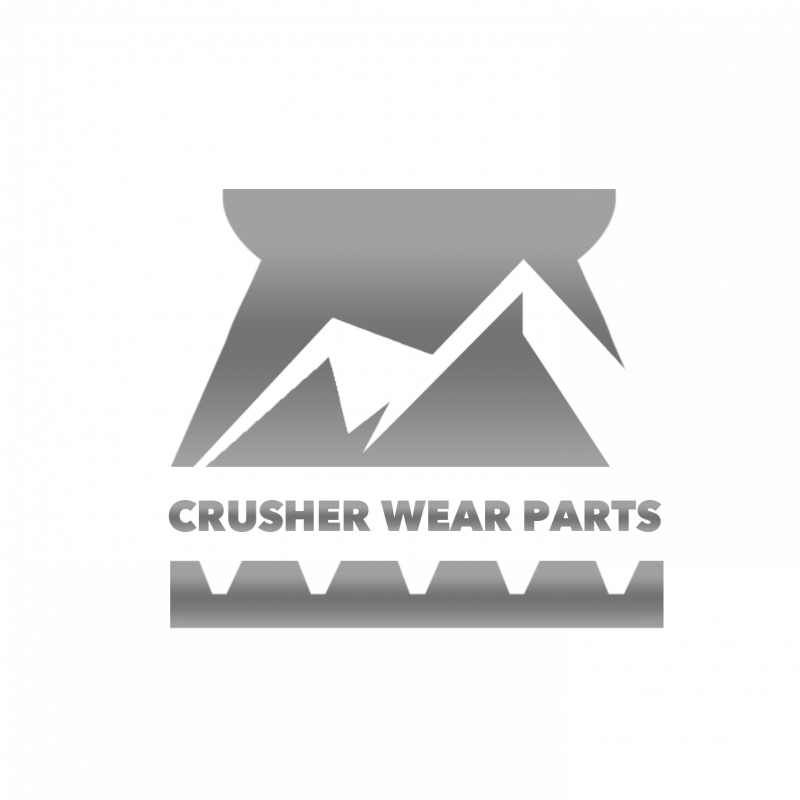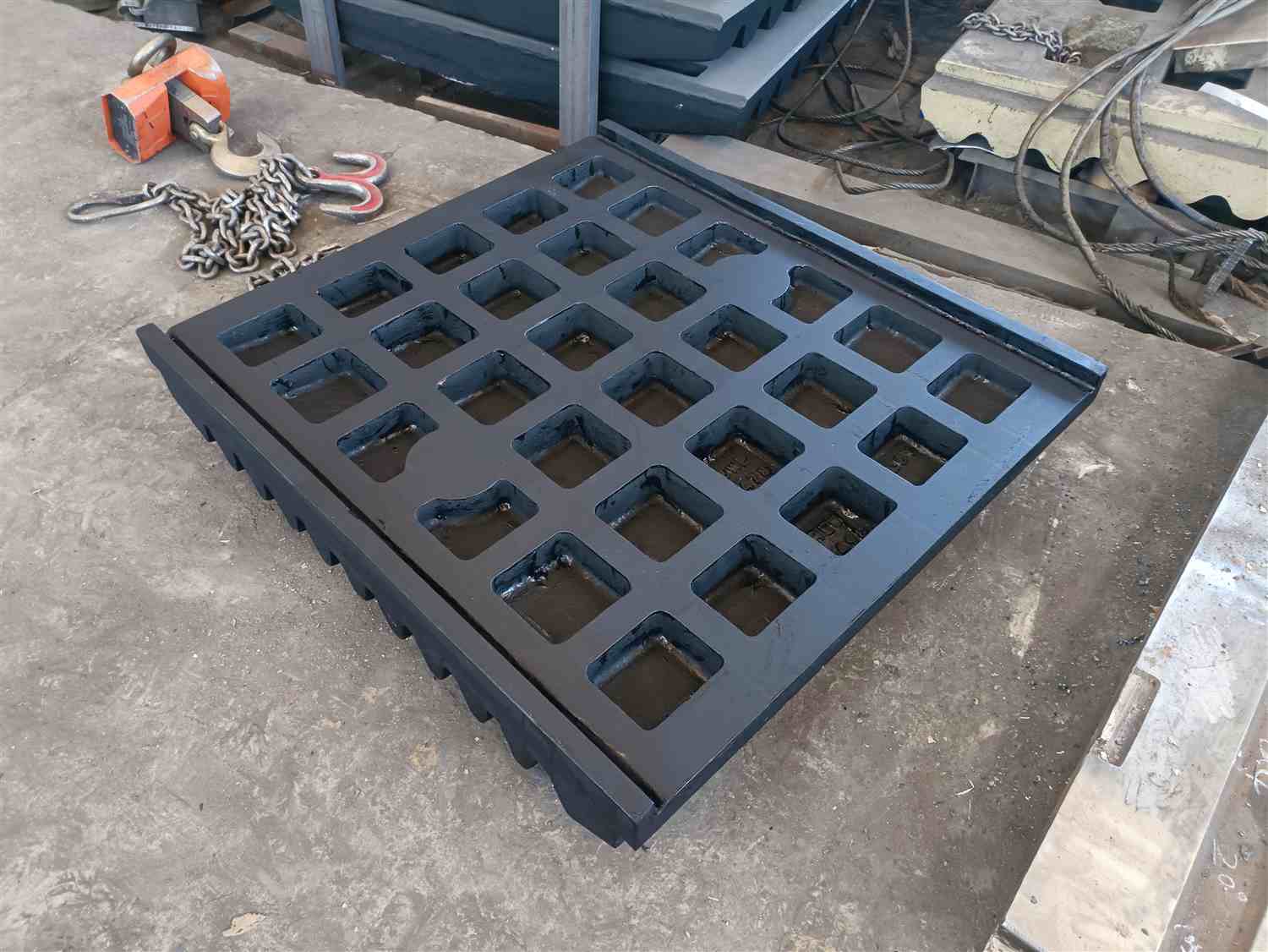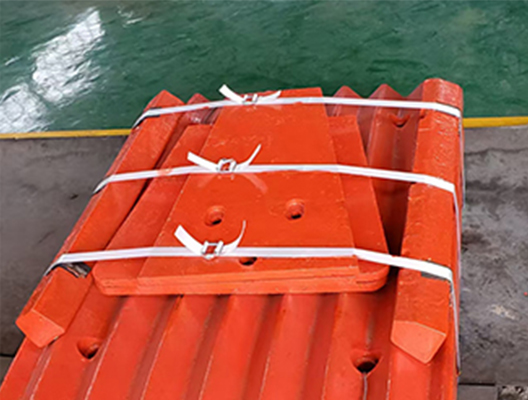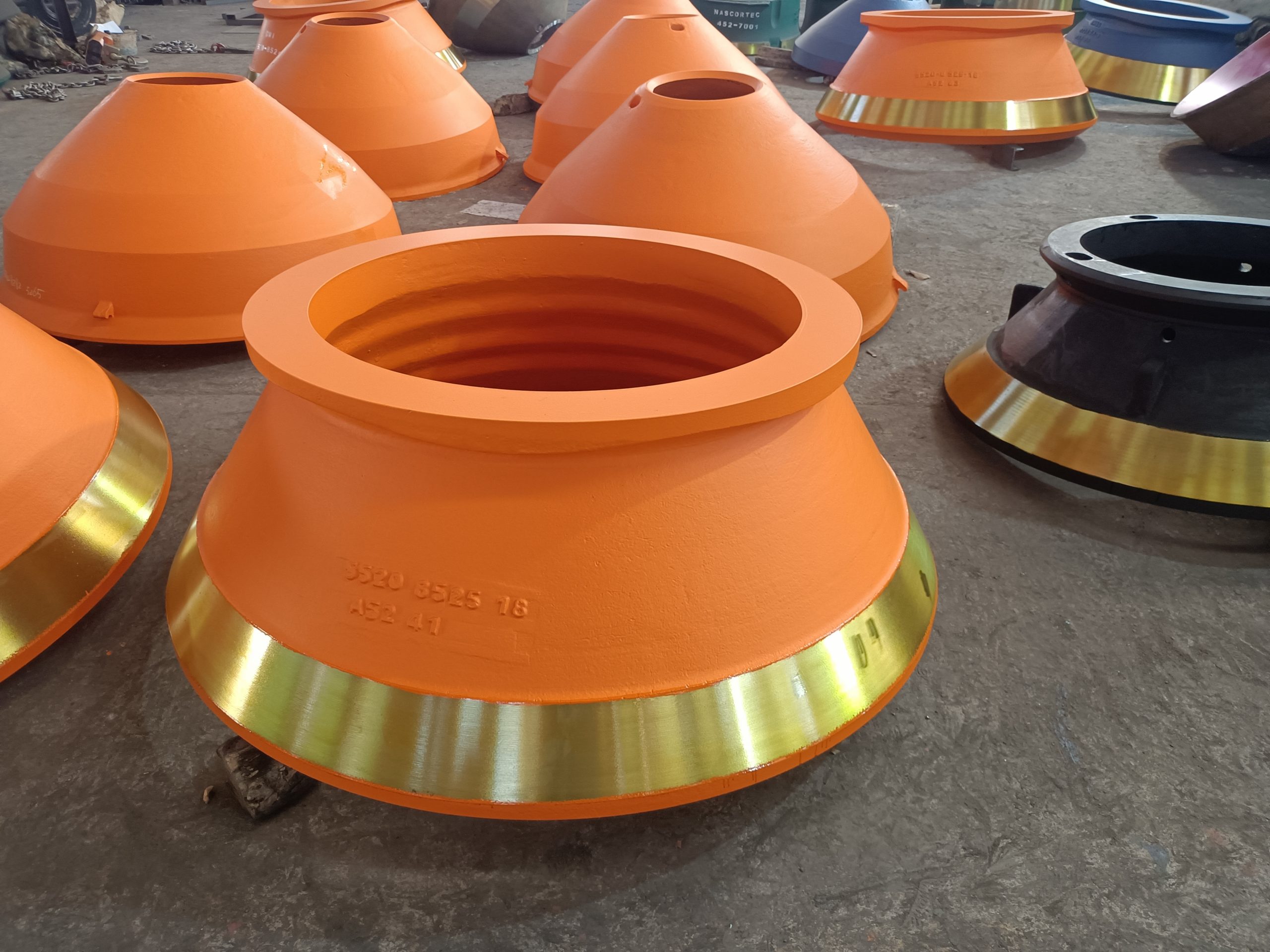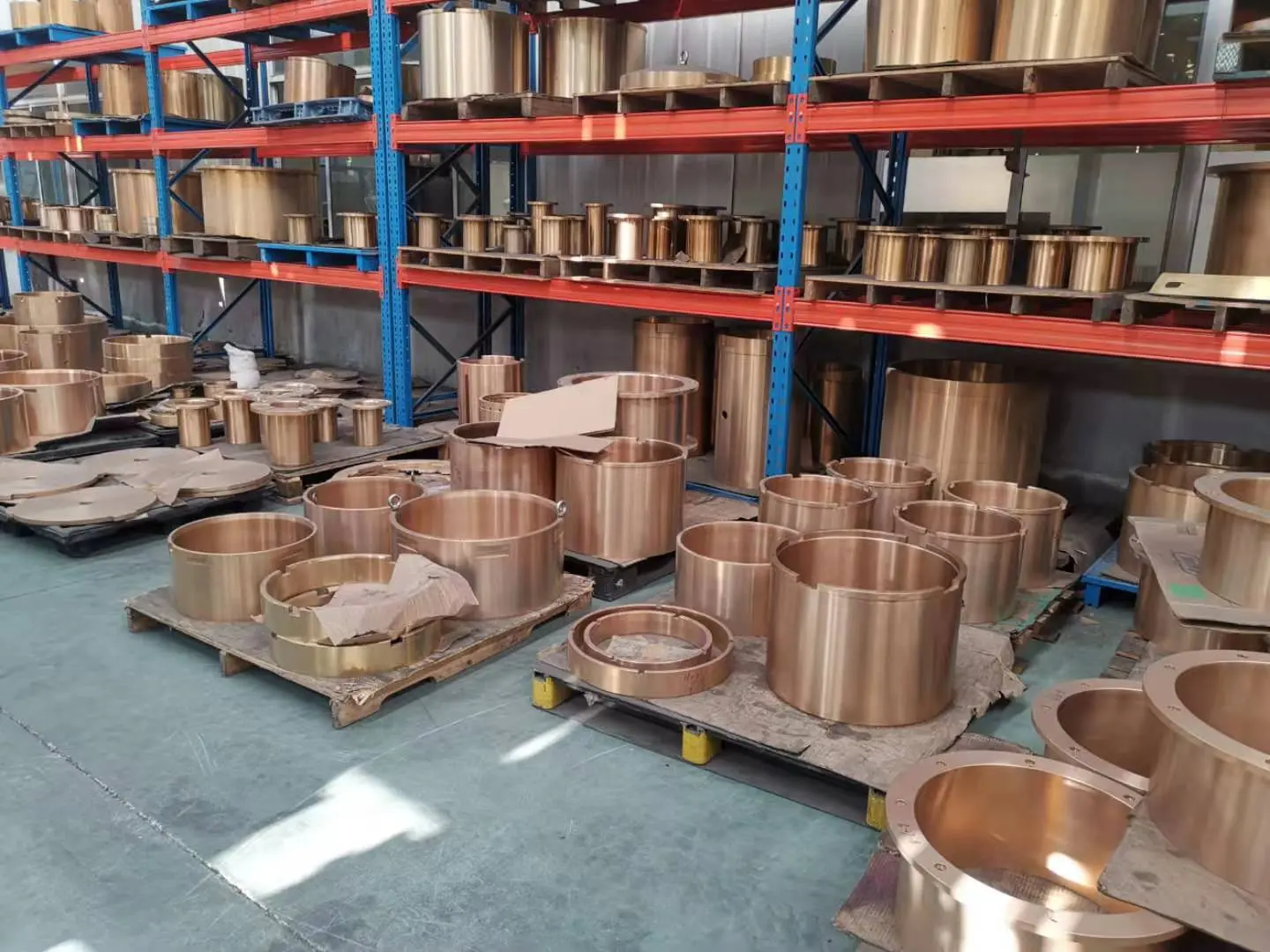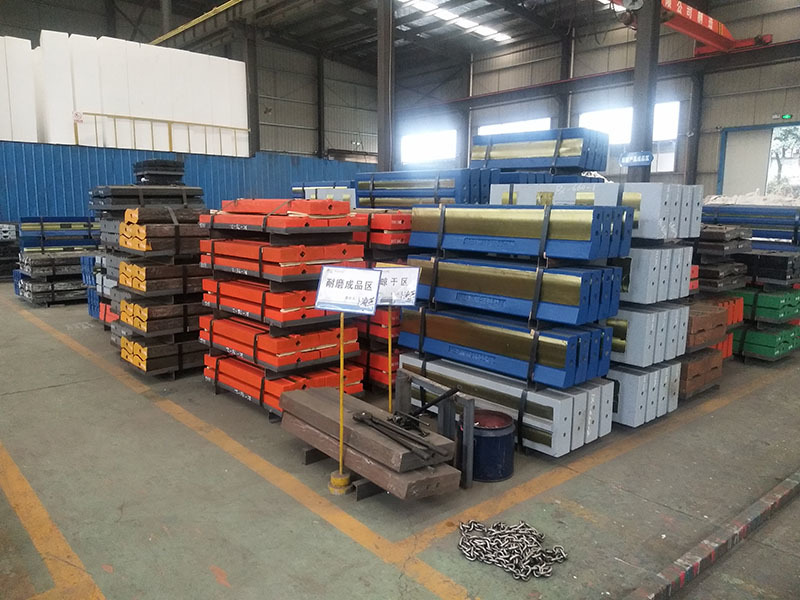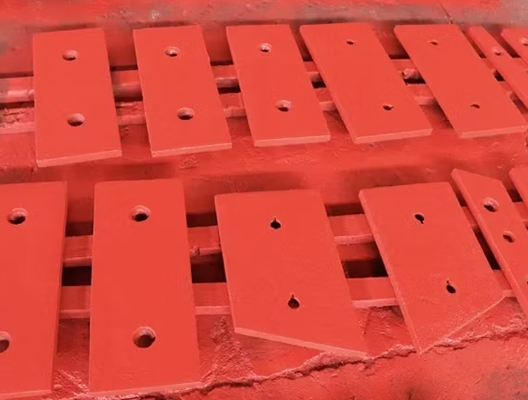Uncategorised
The Crushing Action: How Jaw Plates Work
## Understanding the Heart of a Jaw Crusher: Jaw Plates and Side Plates
The jaw crusher, a workhorse in the mining and aggregate industries, is renowned for its brute strength and ability to break down even the toughest materials. But behind this crushing power lies a crucial component: the jaw plates. These wear parts are the very heart of the machine, responsible for the crushing action itself. Understanding their function, types, and maintenance is essential for maximizing crusher efficiency and minimizing downtime. This article will delve into the world of jaw plates, including their counterpart, the side plates, to provide a comprehensive understanding of these critical components.
A jaw crusher operates on the principle of compression. Material is fed into the crushing chamber between two heavy plates: a fixed jaw plate and a movable jaw plate. The movable jaw plate pivots back and forth, creating a compressive force that fractures the material against the fixed jaw. This cyclical motion continues until the material is reduced to the desired size and exits the chamber. The jaw plates are the contact surfaces that bear the brunt of this intense process, enduring tremendous pressure and abrasion.
Jaw Plates: Types and Materials
Jaw plates come in various designs and materials, each tailored for specific applications and material characteristics. Choosing the right jaw plate is critical for optimizing performance and minimizing wear. Some common types include:
Smooth Jaw Plates:
Ideal for softer materials and initial crushing stages, these plates provide a high throughput and relatively low wear rate.
Corrugated Jaw Plates:
Designed for harder, more abrasive materials, the corrugated surface provides enhanced grip and more efficient crushing. They are particularly suitable for secondary and tertiary crushing stages.
Super Tooth Jaw Plates:
These plates feature aggressive, deep teeth, perfect for extremely hard and abrasive materials. They excel in maximizing crushing efficiency in demanding applications.
Combination Jaw Plates:
These combine features of different types, such as smooth surfaces in the center and corrugated edges, to offer versatility and adapt to varying feed materials.
The material composition of the jaw plates is equally important. High manganese steel is the industry standard due to its exceptional impact and abrasion resistance. Other materials like chromium-molybdenum alloys are also used for specific applications requiring increased hardness and toughness.
Side Plates: Protecting the Crusher’s Integrity
While jaw plates perform the crushing, side plates play a critical role in protecting the crusher’s internal components and maintaining the crushing chamber’s integrity. Positioned on the sides of the crushing chamber, these plates prevent material from escaping and protect the crusher’s main frame from wear and tear. They are typically made from high manganese steel or similar wear-resistant materials to withstand the abrasive environment.
Maximizing Jaw Plate Lifespan: Maintenance and Best Practices
The lifespan of jaw plates is directly related to operating conditions, material characteristics, and maintenance practices. Implementing the following strategies can significantly extend their lifespan and reduce downtime:
Regular Inspection:
Frequent visual inspections are crucial for identifying signs of wear, such as cracks or excessive thinning. Early detection allows for timely replacement, preventing catastrophic failures and costly repairs.
Proper Feeding:
Ensuring a consistent and evenly distributed feed prevents overloading and uneven wear on the jaw plates. Avoid feeding oversized material that could damage the plates or jam the crusher.
Crushing Chamber Optimization:
Regularly check and adjust the crusher settings, including the closed-side setting (CSS), to maintain optimal crushing performance and minimize wear.
Rotation and Reversal:
Rotating and reversing jaw plates allows for even wear distribution, extending their lifespan. This practice utilizes all wear surfaces before requiring replacement.
Choosing the Right Jaw Plate:
Selecting the appropriate jaw plate type and material based on the feed material and application is essential for maximizing efficiency and longevity.
The Importance of Quality Jaw Plates and Side Plates
Investing in high-quality jaw plates and side plates translates to significant long-term benefits. While initial costs might be higher, superior quality ensures:
Increased Throughput:
Durable jaw plates maintain efficient crushing performance, resulting in higher production rates.
Reduced Downtime:
Longer-lasting plates minimize the frequency of replacements, reducing downtime and associated costs.
Lower Maintenance Costs:
Fewer replacements and less frequent repairs contribute to lower overall maintenance expenses.
Improved Safety:
High-quality plates are less prone to failure, reducing the risk of accidents and injuries.
Conclusion:
Jaw plates and side plates are essential components of a jaw crusher, playing a vital role in its performance, efficiency, and longevity. Understanding their function, types, and maintenance requirements is crucial for maximizing crusher productivity and minimizing operational costs. By prioritizing quality, implementing proper maintenance practices, and choosing the right jaw plates for the specific application, operators can ensure the optimal performance and longevity of their jaw crushers, maximizing their return on investment. Don’t underestimate the power of these seemingly simple components; they are the true heart of the crushing process.
